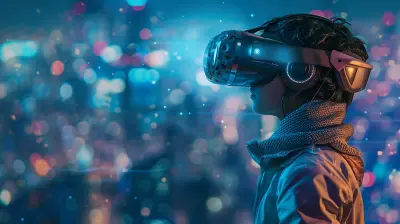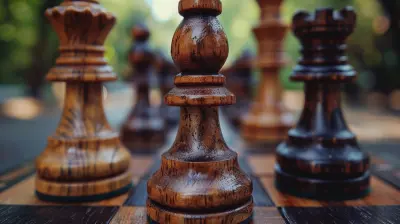How Decentralized Autonomous Organizations (DAOs) Are Changing Governance
1 November 2025
Imagine a world where organizations are run without CEOs or managers. No one person calls the shots, yet decisions are made efficiently and transparently. Sounds like something out of a sci-fi movie, right? Well, welcome to the world of Decentralized Autonomous Organizations (DAOs). These blockchain-based entities are revolutionizing the way we think about governance, and they’re not just a passing trend—they're here to stay.
In this article, we’ll dive deep into what DAOs are, how they work, and how they're fundamentally changing governance. Buckle up because the future of organizations is going to blow your mind!
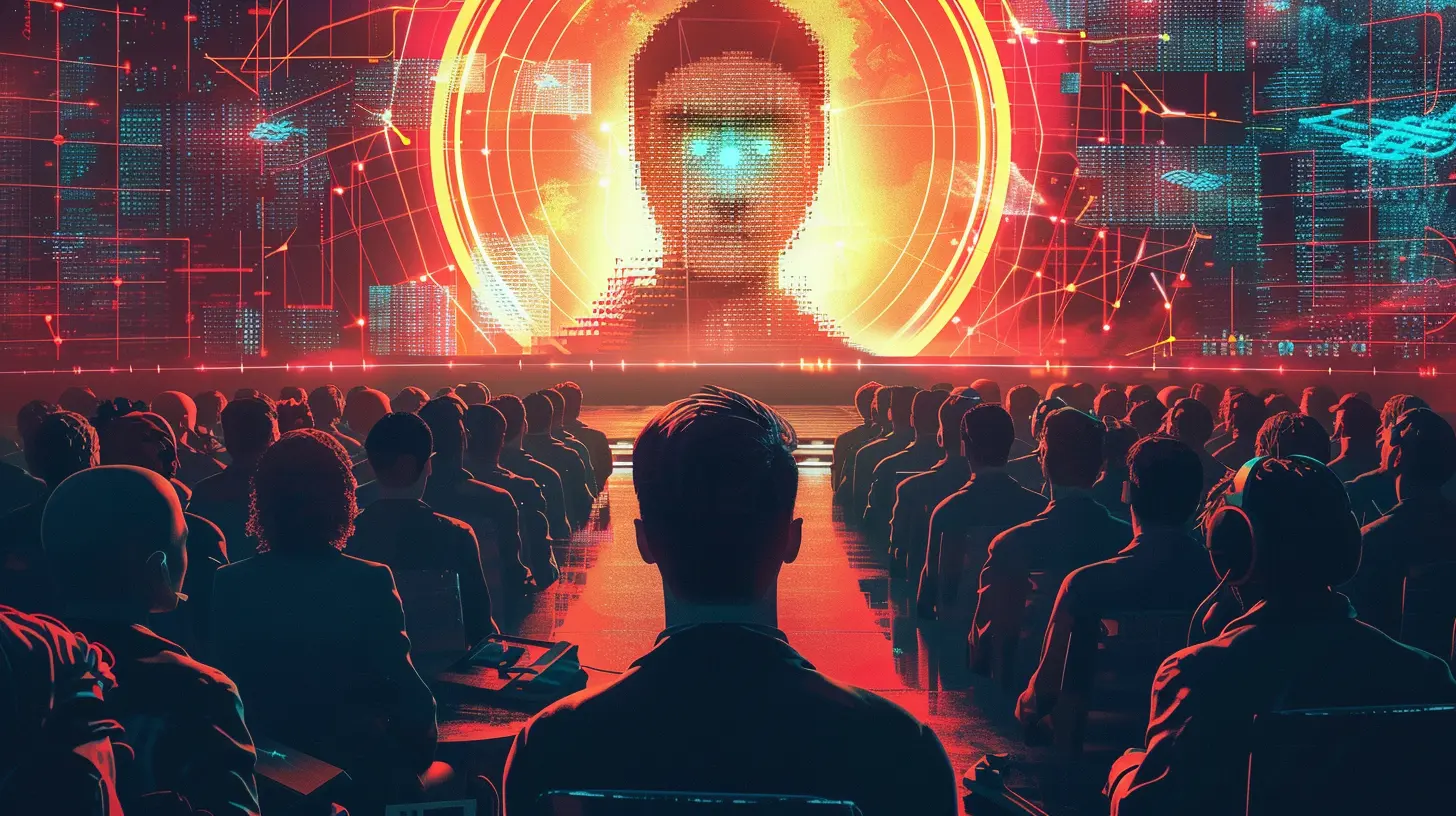
What Exactly Is a DAO?
Before we get too deep, let's break it down: What is a DAO?A Decentralized Autonomous Organization (DAO) is essentially an organization that runs on blockchain technology. Unlike traditional organizations that rely on hierarchical structures—think board members, CEOs, and middle managers—DAOs are governed by smart contracts and a decentralized group of stakeholders.
The beauty of DAOs is that they operate without any central authority, meaning no one person or entity has complete control. Instead, decisions are made collectively by the community, often through voting mechanisms. Think of it as a digital democracy where everyone has a say, and no one holds too much power.
Key Characteristics of DAOs:
1. Decentralization: No central authority or governing body.2. Transparency: All transactions and decisions are visible on the blockchain.
3. Autonomy: Operate through smart contracts that execute automatically.
4. Token-based Governance: Voting power is often distributed via tokens or other digital assets.
5. Global Participation: Anyone with internet access can join and contribute.
The Magic of Smart Contracts
Smart contracts are the backbone of DAOs. These self-executing contracts have terms written directly into code, which means once certain conditions are met, the contract automatically carries out its function. There’s no need for middlemen, which significantly reduces the chances of human error or manipulation.For example, let’s say a DAO is set up to manage a community project. A smart contract could automatically release funds once certain milestones are achieved, ensuring accountability throughout the project’s lifecycle. No more chasing down someone to sign off on payments!
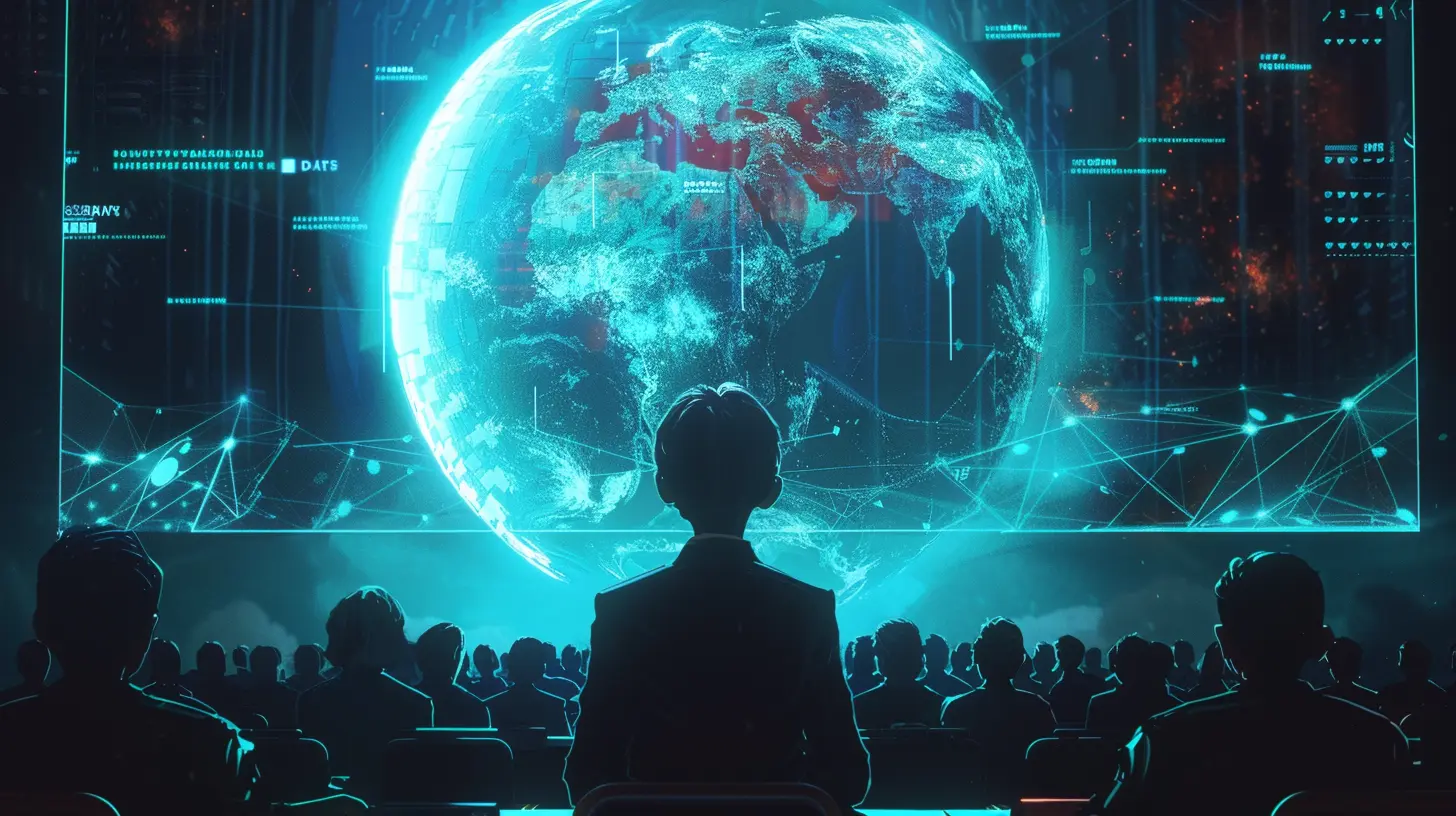
How Do DAOs Work?
The mechanics behind DAOs are fascinating. Here’s a step-by-step breakdown of how they generally operate:1. Creating the DAO: First, a group of individuals with a shared goal or vision creates the DAO. This could be for anything—think crowdfunding projects, managing a decentralized exchange, or even running a charity.
2. Establishing Smart Contracts: The rules of the organization (e.g., how decisions are made, how funds are managed) are written into smart contracts. These contracts are deployed on a blockchain (usually Ethereum).
3. Issuing Tokens: To facilitate governance, the DAO often issues tokens to its members. These tokens represent voting power. The more tokens you hold, the more influence you have in the decision-making process.
4. Proposal Submission: Members can submit proposals for changes or new initiatives. Proposals could range from simple decisions like funding a project to more complex governance changes.
5. Voting: Members vote on proposals with their tokens. Typically, there’s a period for discussion and debate before the final vote is cast.
6. Execution: If a proposal passes, the smart contract automatically enforces the decision. No need for human intervention!
Sounds pretty straightforward, right? It’s like a well-oiled machine that runs itself.

DAOs vs. Traditional Organizations: A Game-Changer for Governance
Now that we’ve covered the basics of how DAOs work, let’s compare them to traditional organizations and explore why they’re such a big deal.1. Decentralization vs. Hierarchy
In traditional corporate structures, power is concentrated at the top. The CEO, board members, and top executives make decisions on behalf of the entire organization. This hierarchical setup often leads to power imbalances, bureaucracy, and sometimes even corruption.DAOs, on the other hand, distribute power among all members. Decisions are made collectively, and no single individual has more say than the community as a whole. This decentralization fosters transparency and inclusiveness, making it harder for any one person or group to manipulate the system.
2. Transparency vs. Secrecy
In traditional companies, decision-making often happens behind closed doors. Sure, there may be some level of shareholder voting, but the inner workings of the company are usually opaque to the public.DAOs provide complete transparency. Every transaction, vote, and decision is recorded on the blockchain for everyone to see. This kind of openness builds trust among participants and significantly reduces the chances of fraud or embezzlement.
3. Efficiency vs. Bureaucracy
Traditional organizations often suffer from endless red tape. Approvals, signatures, and meetings can slow down decision-making. In contrast, DAOs eliminate much of this bureaucracy. Thanks to smart contracts, decisions are executed automatically once a vote passes, making the whole process much more efficient.4. Global Participation vs. Restricted Access
Most traditional organizations are limited by geography. Even multinational companies operate within certain jurisdictions, making it difficult for people from all over the world to participate.DAOs are borderless. Anyone with an internet connection and some digital assets can join and contribute, making these organizations truly global. This opens up a world of opportunities for people who may not have access to traditional markets or industries.
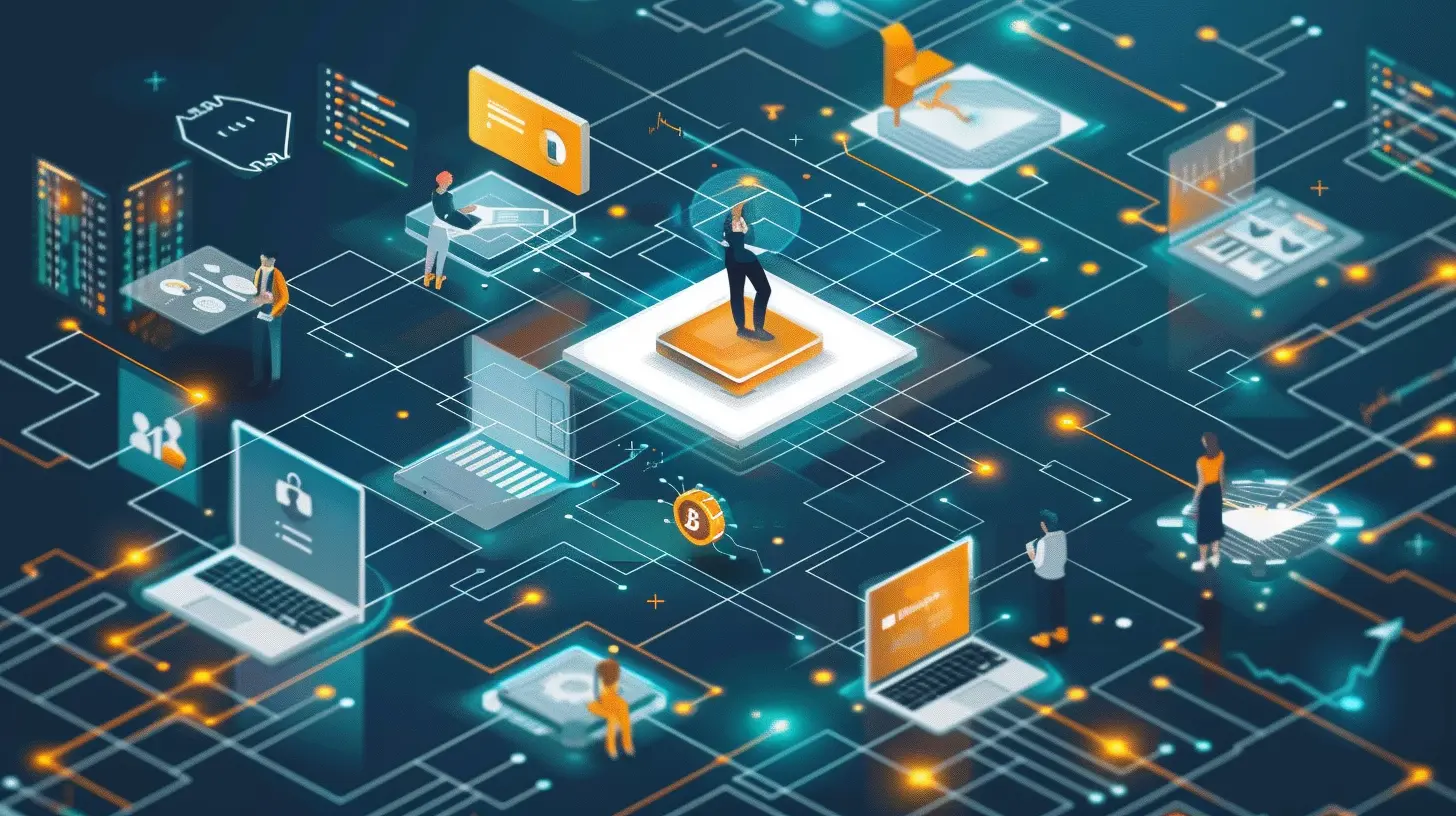
Real-World Examples of DAOs in Action
DAOs are no longer just theoretical concepts. Several DAOs are already making waves and proving that this new model of governance can work in the real world.1. MakerDAO
MakerDAO is one of the most successful DAOs to date. It’s the backbone of the DAI stablecoin, a cryptocurrency that maintains its value pegged to the U.S. dollar. MakerDAO allows users to borrow and lend cryptocurrencies without the need for intermediaries like banks, and all decisions about the platform's operations are made by token holders.2. Uniswap DAO
Uniswap is a decentralized exchange (DEX) that allows users to swap tokens without relying on a centralized authority. It’s governed by a DAO, where token holders vote on key decisions such as protocol upgrades and fee structures. The Uniswap DAO has become one of the largest and most influential DAOs in the decentralized finance (DeFi) space.3. The DAO (Genesis DAO)
The DAO, also known as Genesis DAO, was the first-ever DAO and raised over $150 million in 2016. While it faced challenges due to a hack, it laid the groundwork for future DAOs and showcased the potential of decentralized governance.4. DAOstack
DAOstack provides a platform for creating and managing DAOs. It aims to make decentralized governance more accessible by offering tools that allow anyone to build a DAO tailored to their specific needs.Challenges and Criticisms of DAOs
As exciting as DAOs are, they’re not without their challenges. Here are a few hurdles that DAOs need to overcome:1. Complexity
While DAOs aim to simplify governance, they can be incredibly complex to set up and operate. Writing and deploying smart contracts requires a deep understanding of blockchain technology, which can be a barrier for non-technical users.2. Security Risks
As with any digital system, DAOs are vulnerable to hacking. The infamous 2016 hack of The DAO is a prime example, where a flaw in the smart contract was exploited to drain millions of dollars.3. Voting Inequality
In some DAOs, voting power is distributed based on the number of tokens held. This can lead to wealthier participants having more influence, which goes against the principle of equal governance.4. Legal Gray Area
DAOs operate in a legal gray zone. Since they are decentralized and borderless, they don’t fit neatly into existing legal frameworks. This can create complications, especially when it comes to liability and regulatory compliance.
The Future of DAOs: What’s Next?
Despite these challenges, the future of DAOs looks incredibly promising. As blockchain technology continues to evolve, many of the current limitations of DAOs will likely be addressed.In the coming years, we can expect to see DAOs playing a larger role in areas like:
- Politics: Imagine a DAO where citizens vote directly on public policies.
- Art and Culture: DAOs could be used to fund and manage creative projects, giving artists more control over their work.
- Corporate Governance: DAOs could revolutionize the way companies are run, making them more transparent and democratic.
The possibilities are endless, and we’re just scratching the surface of what DAOs can achieve.
Conclusion: DAOs Are Redefining Governance
Decentralized Autonomous Organizations are more than just a buzzword—they’re a game-changer for governance. By using blockchain technology and smart contracts, DAOs offer a new way to organize and make decisions. They provide transparency, inclusivity, and efficiency in ways that traditional organizations can’t match.Sure, there are challenges to overcome, but the potential of DAOs is too great to ignore. As more people and industries embrace this technology, we could see a massive shift in how governments, companies, and communities are run.
So, are DAOs the future? Only time will tell. But one thing is for sure: they’re already shaking things up in a big way.
all images in this post were generated using AI tools
Category:
Blockchain TechnologyAuthor:

Michael Robinson
Discussion
rate this article
1 comments
Renee Wallace
DAOs revolutionize governance by enabling transparent, community-driven decision-making and reducing centralized control.
November 7, 2025 at 4:36 AM

